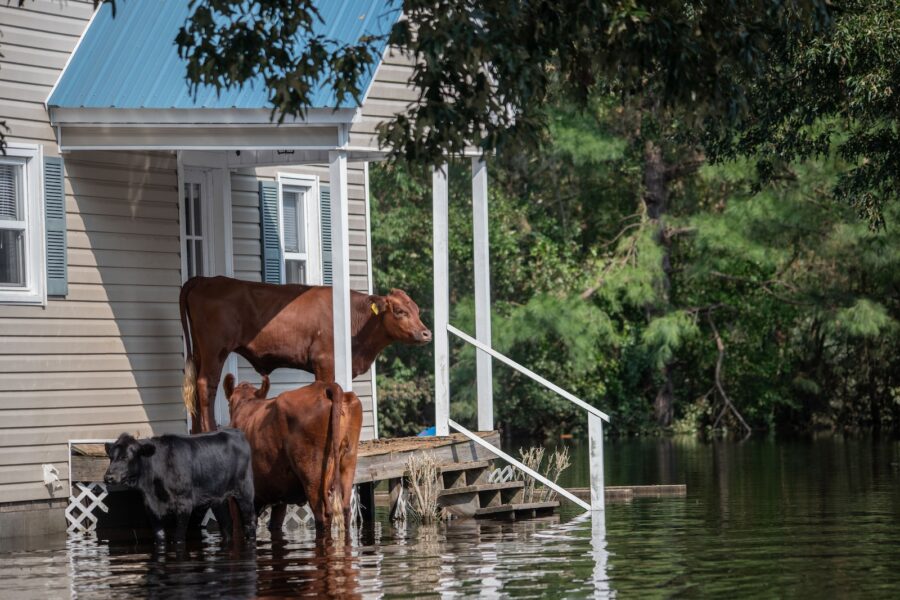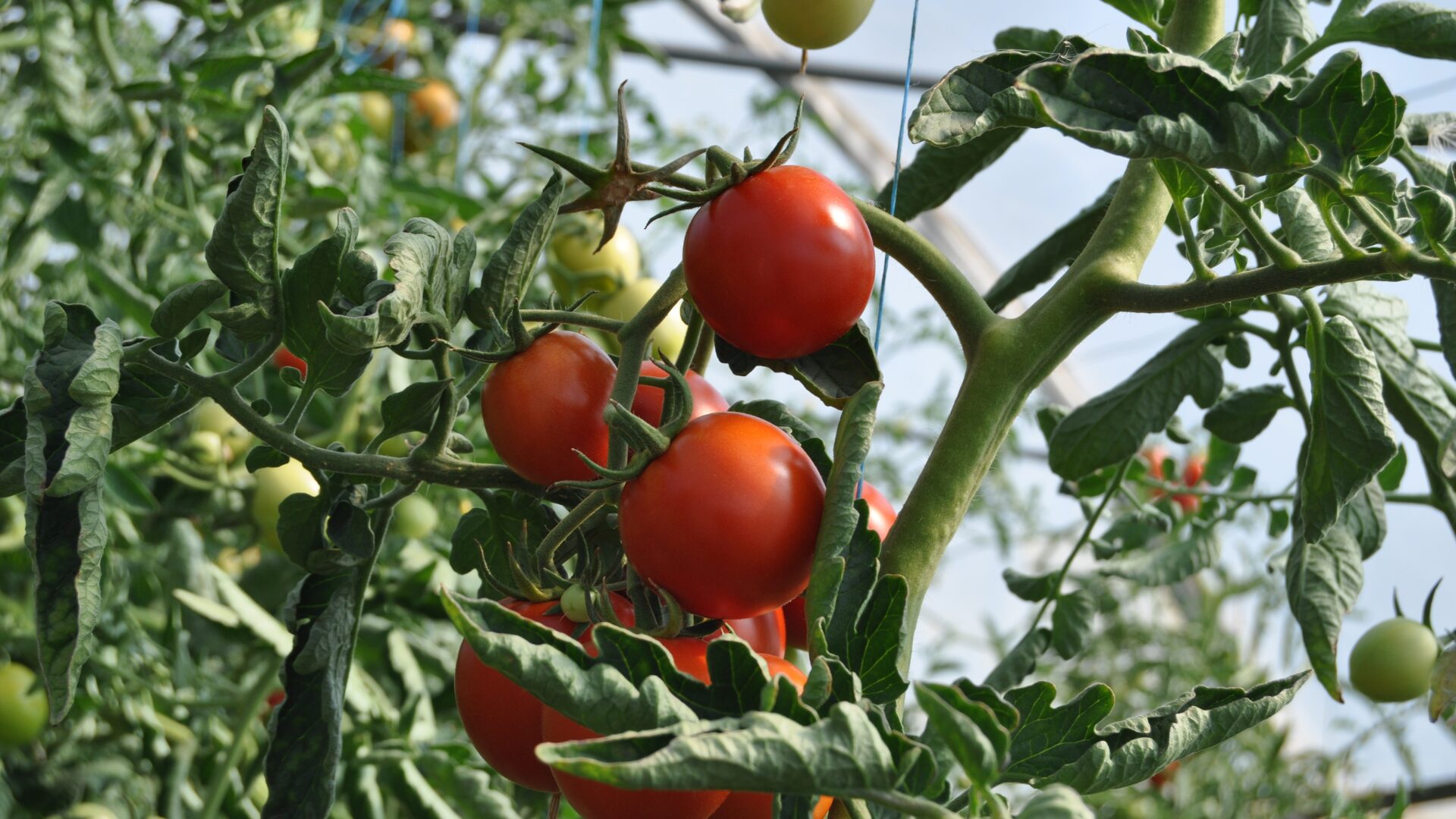A UCLA-National Center for Atmospheric Research study concludes California likely will face “megafloods,” or catastrophic flooding, the likes of which have not occurred since 1862. Meanwhile, a swath of the U.S. stretching from Texas to Wisconsin could face temperature-humidity combinations that feel well above 100 degrees Fahrenheit.
At the same time, devastating drought in the West already is forcing water usage cuts in in the Colorado River Basin.
The UCLA study projects a gigantic storm that could dump 100 inches of water in a month would inundate California within the century, leading to devastating landslides and debris flows, especially in areas devastated by wildfires. The paper concludes climate change has doubled the chances of such a catastrophe.
The Great Flood of 1862 produced floodwaters stretching 300 miles-by-60 miles across California’s Central Valley. At that time, the state’s population was a mere 500,000, compared to the current 40 million. Such a flood would affect parts of cities like Sacramento, causing damage as high as $1 trillion. Typically, such floods occur every century or so, making a megaflood overdue.
“Every major population center in California would get hit at once — probably parts of Nevada and other adjacent states, too,” said Daniel Swain, UCLA climate scientist.
Right now, though, the immediate concern is drought, with both Lake Mead and Lake Powell at record lows. The Interior Department took action (Aug. 16) to protect the long-term sustainability of the Colorado River System, ordering reductions of water flows from Lake Mead to Arizona, Nevada and Mexico.
“The worsening drought crisis impacting the Colorado River Basin is driven by the effects of climate change, including extreme heat and low precipitation. In turn, severe drought conditions exacerbate wildfire risk and ecosystems disruption,” deputy secretary Tommy Beaudreau said in a statement.
Heat also is a major concern. A model recently released by the First Street Foundation, a research nonprofit focused on explaining climate risk, indicates 100-plus degree temperatures will increase in the next three decades, especially within a stretch from Northern Texas and Louisiana to Illinois, Indiana, and Wisconsin.
“We need to be prepared for the inevitable, that a quarter of the country will soon fall inside the Extreme Heat Belt …” said Matthew Eby, CEO of First Street Foundation.
In other agriculture-related news:
- Bird flu: Highly pathogenic avian influenza, which has been sweeping across the northern hemisphere, has devastated more than 400,000 wild birds and forced commercial poultry operations to slaughter millions more. Though the outbreak has declined, backyard infections still are being reported.
- Meat + Poultry reported (Aug. 16) the USDA Animal and Plant Health Inspection Service had confirmed an outbreak in Sacramento County, California. In July, outbreaks were confirmed in Seminole County, Florida, and Carson City, Nevada. Pennsylvania agriculture officials announced an outbreak in Northampton County, too, M+P said.
- IRA: The Inflation Reduction Act provides nearly $44 billion in funding for agricultural conservation, rural development and forestry programs, including $6 billion for FSA farm loan borrower assistance. The biggest portion of IRA agriculture funding, $19.5 billion, is earmarked for conservation programs to mitigate climate change. The money is in addition to that authorized by the farm bill. “The law is a once-in-a-generation opportunity to build critical infrastructure, to protect communities from wildfire and extreme heat and to drive climate-smart agriculture and renewable energy initiatives nationwide,” Agriculture Secretary Tom Vilsack said.












